

Articles
How To Store A Lemon
Modified: January 18, 2024
Discover the best way to store a lemon with our informative articles.
(Many of the links in this article redirect to a specific reviewed product. Your purchase of these products through affiliate links helps to generate commission for Storables.com, at no extra cost. Learn more)
Introduction
Welcome to our comprehensive guide on how to store a lemon! Lemons are a versatile and vibrant fruit that can add a burst of flavor to a wide range of dishes and beverages. Whether you have an abundance of lemons from your garden or you simply want to make the most out of your store-bought lemons, knowing how to properly store them is essential.
When stored correctly, lemons can retain their freshness and flavor for an extended period, allowing you to enjoy their tangy goodness whenever you need it. In this article, we will walk you through the various methods and techniques for storing a whole lemon, lemon juice, lemon zest, lemon slices or wedges, lemon rind, and even lemon peels.
By following our expert tips and advice, you can make sure that your lemons stay in prime condition for as long as possible, ensuring that you always have a zesty citrus flavor on hand for your culinary creations. So, let’s dive in and discover the secrets to preserving the freshness of lemons!
Key Takeaways:
- Preserve the vibrant flavor of lemons by choosing ripe, firm, and glossy fruits. Properly prepare and store whole lemons, juice, zest, slices, rind, and peels to enjoy their tangy goodness in various culinary creations.
- Extend the shelf life of lemons by freezing juice, zest, slices, and rind. Store lemon peels in airtight containers and use them for up to 6 to 12 months. Follow expert tips to ensure optimal freshness and flavor.
Read more: How To Store Zested Lemons
Choosing the Right Lemon
Before getting into the specifics of storing lemons, it’s important to start with selecting the right lemons. When choosing lemons, a few factors should be considered to ensure you get the freshest and juiciest ones.
First, look for lemons that have a bright yellow color. This indicates that they are ripe and ready to be used. Avoid lemons that have a greenish tinge or are overly pale, as these are likely underripe and may not have as much flavor.
Next, give the lemon a gentle squeeze. It should yield slightly to pressure but still feel firm. Avoid lemons that have soft spots or feel mushy, as these could be signs of overripe or spoiled fruit.
Another important aspect to consider is the size and weight of the lemon. In general, larger lemons tend to have more juice, while smaller lemons are often more flavorful. Choose the size that best suits your needs and preferences.
Lastly, consider the texture of the lemon’s skin. A smooth and glossy skin is an indicator of a fresh lemon. Avoid lemons with rough or wrinkled skin, as these may be older and drier.
By taking these factors into account, you can ensure that you start with the best quality lemons for optimal storage and flavor.
Preparing the Lemon for Storage
Before storing lemons, it’s important to properly prepare them to ensure maximum freshness and longevity. Here are some steps to follow:
- Wash the lemons: Before storing, give the lemons a gentle rinse under cool water to remove any dirt or debris on the surface. This step is particularly important if you have harvested lemons from your garden or bought them from a local market.
- Dry the lemons: After washing, pat the lemons dry with a clean towel or paper towel. Excess moisture can promote the growth of mold, so it’s crucial to ensure the lemons are completely dry before storing them.
- Inspect the lemons: Take a moment to inspect each lemon for any signs of bruising, mold, or other damage. It’s best to remove any damaged or compromised lemons from the batch to prevent them from affecting the others.
By following these simple steps, you can ensure that your lemons are clean, dry, and in good condition before moving on to the storage methods.
Storing a Whole Lemon
If you have a surplus of lemons or simply want to store them for future use, storing them whole is a convenient option. Here’s how:
- Choose a cool and dry location: Find a cool and well-ventilated spot in your kitchen or pantry to store the whole lemons. Avoid areas that are exposed to direct sunlight or excessive heat, as this can cause the lemons to spoil faster.
- Use a breathable container: Place the whole lemons in a breathable container, such as a mesh bag or a wooden crate. These containers allow air to circulate around the lemons, preventing moisture buildup and prolonging their freshness.
- Avoid storing with other fruits: Lemons release ethylene gas, which can accelerate the ripening process and spoil other fruits. Keep lemons separate from other fruits or store them in a closed container to prevent the ethylene gas from affecting other produce.
- Check for freshness: Periodically check the stored lemons for signs of spoilage, such as mold, soft spots, or a strong odor. Remove any affected lemons promptly to prevent the spread of spoilage.
By following these guidelines, you can store whole lemons for several weeks, maintaining their flavor and quality for use in a variety of recipes.
Storing Lemon Juice
If you find yourself with an excess of lemon juice or want to preserve freshly squeezed juice for future use, proper storage is key. Here’s how to store lemon juice:
- Choose the right container: Transfer the freshly squeezed lemon juice into a clean and airtight container. Glass jars or bottles with tight-fitting lids work well for storing lemon juice. Make sure the container is thoroughly cleaned and sterilized to prevent any contamination.
- Fill the container appropriately: Leave some headspace at the top of the container to allow for expansion as the juice freezes. Aim to fill the container about three-quarters full to account for this expansion.
- Label and date the container: Use a permanent marker or label to indicate the contents and the date of storage. This will help you keep track of the freshness and ensure you consume the lemon juice within a reasonable time frame.
- Store in the freezer: Place the container of lemon juice in the freezer. Freezing the juice helps to preserve its flavor and prevent spoilage. It’s important to note that lemon juice may expand as it freezes, so make sure the lid is not tightened too tightly to avoid any container breakage.
- Thawing and using frozen lemon juice: When you need to use the frozen lemon juice, simply take it out of the freezer and allow it to thaw in the refrigerator. Alternatively, you can thaw it using the defrost setting on your microwave. Once thawed, the lemon juice can be used in various recipes.
- Use within 3 to 4 months: While properly stored lemon juice can retain its quality for a longer time, it’s best to use it within 3 to 4 months for optimal freshness and flavor.
By following these steps, you can ensure that you have a steady supply of lemon juice on hand for your culinary endeavors.
Store lemons at room temperature for up to a week, or in the refrigerator for up to a month. To keep them fresh longer, store them in a sealed plastic bag in the refrigerator.
Read more: How To Store Sliced Lemons
Freezing Lemon Zest
Lemon zest is a fantastic ingredient that adds a burst of citrus flavor to various dishes and desserts. If you have an abundance of lemons and want to preserve their zest, freezing is an excellent option. Here’s how:
- Wash and dry the lemons: Start by washing the lemons under cool water to remove any dirt or residue. Pat them dry with a clean towel or paper towel to ensure they’re completely dry.
- Zest the lemons: Use a zester or a fine grater to carefully remove the zest from the lemons. Only grate the outermost layer of the skin, avoiding the bitter white pith underneath. Zest as many lemons as you desire or until you have the desired amount of lemon zest.
- Spread the zest on a baking sheet: Line a baking sheet with parchment paper and spread the lemon zest on it in a single layer. This will prevent the zest from clumping together during the freezing process.
- Flash freeze the zest: Place the baking sheet with the lemon zest in the freezer and let it freeze for about 2 hours or until the zest is firm and solid. Freezing the zest separately allows you to easily portion it out later.
- Transfer to a freezer-safe container: Once the zest is frozen, use a spatula to carefully remove it from the baking sheet. Transfer the frozen zest to airtight freezer-safe containers or resealable freezer bags. Remember to label the container with the date and contents.
- Store in the freezer: Place the containers of lemon zest in the freezer, ensuring they’re placed in a flat position to avoid crushing or breakage.
- Use within 3 to 6 months: Frozen lemon zest can be stored for up to 3 to 6 months without significant loss of flavor. However, for the best taste, try to use it within the first few months.
When you need to use the frozen lemon zest, simply remove the desired amount from the freezer and add it directly to your recipes. Frozen lemon zest can be used in cakes, cookies, salad dressings, marinades, and various other dishes to add a zesty kick.
By following these steps, you can preserve the freshness and flavor of lemon zest, allowing you to enjoy its tangy essence even when lemons are not in season.
Preserving Lemon Slices or Wedges
Lemon slices or wedges are not only visually appealing but also a convenient way to add a hint of citrus to your drinks and dishes. If you have leftover lemon slices or want to preserve them for future use, here’s how you can do it:
- Prepare the lemons: Start by washing the lemons under cool water to remove any dirt or residue. Pat them dry with a clean towel or paper towel.
- Slice or wedge the lemons: Using a sharp knife, slice the lemons into thin, even slices or cut them into wedges. Remove any seeds as you go.
- Pack the lemon slices or wedges: Arrange the lemon slices or wedges in a single layer on a baking sheet lined with parchment paper. Make sure they are not touching each other, as this will prevent them from sticking together during the freezing process.
- Flash freeze the lemon slices or wedges: Place the baking sheet in the freezer and let the lemon slices or wedges freeze for about 2 to 3 hours or until they are firm and solid. Flash freezing allows for easy portioning later on.
- Transfer to a freezer-safe container: Once the lemon slices or wedges are frozen, remove them from the baking sheet using a spatula or similar utensil. Transfer the frozen slices or wedges into airtight freezer-safe containers or resealable freezer bags. Remember to label the containers with the date and contents.
- Store in the freezer: Place the containers of lemon slices or wedges in the freezer, ensuring they are placed in a flat position to avoid crushing or breakage.
- Use within 3 to 6 months: Frozen lemon slices or wedges can be stored for up to 3 to 6 months without significant loss of flavor or quality. However, it’s best to use them within the first few months for optimal taste.
When you need to use the frozen lemon slices or wedges, simply take out the desired amount from the freezer and use them directly in your recipes or drinks. They can be added to water, tea, cocktails, or used as a garnish for various dishes to add a refreshing citrus twist.
By following these steps, you can preserve and enjoy the tangy goodness of lemon slices or wedges long after they are cut, ensuring that you always have a touch of citrus at your fingertips.
Storing Lemon Rind
Lemon rind, also known as lemon zest, is the outermost layer of the lemon peel that contains aromatic oils and a burst of citrus flavor. If you have extra lemon rind or want to preserve it for later use, follow these steps to store it properly:
- Wash and dry the lemons: Begin by washing the lemons under cool water to remove any dirt or residue. Pat them dry with a clean towel or paper towel.
- Remove the lemon rind: Use a zester or a vegetable peeler to carefully remove the yellow outer layer of the lemon peel. Be sure to avoid the bitter white pith beneath the zest, as it can affect the taste of the preserved rind.
- Cut or chop the lemon rind: Depending on your preference, you can leave the lemon rind as long strips or chop it into smaller pieces. Consider how you plan to use the preserved rind later on when deciding on the size and shape.
- Blanch the lemon rind (optional): If desired, you can blanch the lemon rind to help preserve its color and texture. Bring a pot of water to a boil and add the lemon rind. Let it boil for about 1-2 minutes, then drain and immediately transfer the rind to an ice bath to halt the cooking process. Pat dry before storing.
- Arrange the lemon rind: Spread the lemon rind in a thin layer on a baking sheet or a plate lined with parchment paper. Make sure the pieces are spread apart and not clumped together to allow for even freezing and easier portioning.
- Freeze the lemon rind: Place the baking sheet or plate with the lemon rind in the freezer and let it freeze for about 1-2 hours or until the rind is completely frozen and firm.
- Transfer to a freezer-safe container: Once the lemon rind is frozen, use a spatula to carefully remove it from the baking sheet or plate. Transfer the frozen lemon rind to an airtight freezer-safe container or resealable freezer bag. Label the container with the date and contents.
- Store in the freezer: Place the container of lemon rind in the freezer, ensuring it is kept in a flat position to prevent breakage.
- Use within 6 months: While properly stored lemon rind can be kept for a longer time, it’s recommended to use it within 6 months for the best flavor and quality.
Frozen lemon rind can be used in various recipes, such as baked goods, marinades, dressings, or even steeped in hot water for a refreshing citrus-infused tea. It adds vibrant flavor and aroma to dishes, allowing you to enjoy the essence of lemons all year round.
By following these steps, you can easily preserve and utilize the flavorful zest of lemons whenever needed, avoiding any waste and ensuring the prolonged freshness of your lemon rind.
Storing Lemon Peels
Lemon peels can be a valuable ingredient with a variety of uses, from infusing flavors in cooking to creating homemade cleaning solutions. If you find yourself with leftover lemon peels or want to store them for later use, here’s how to store them properly:
- Prepare the lemons: Begin by washing the lemons thoroughly under cool water to remove any dirt or residue. Pat them dry with a clean towel or paper towel.
- Peel the lemons: Use a vegetable peeler or a sharp knife to carefully remove the outer layer of the lemon peel. Aim to remove only the colored part of the peel, avoiding the bitter white pith underneath.
- Cut and store the peels: Once the peels are removed, you can choose to cut them into strips, chop them into smaller pieces, or keep them whole, depending on your preference and intended use.
- Dry the peels: Lay the lemon peels in a single layer on a baking sheet or a wire rack. Place them in a well-ventilated area with low humidity, such as near an open window or using a fan. Allow the peels to air dry completely. This drying process may take a few days, depending on the environment.
- Store in an airtight container: Once the lemon peels are thoroughly dried, transfer them to an airtight container or a ziplock bag. Make sure the container is clean and dry to prevent any moisture that can cause mold or spoilage.
- Store in a cool, dark place: Place the container of lemon peels in a cool and dry area, away from direct sunlight. A pantry or a cupboard is an ideal storage location.
- Rotate and check for freshness: Periodically check the stored lemon peels for any signs of spoilage, such as mold or an off odor. To maintain freshness, rotate the container or gently shake it every few weeks to prevent clumping and ensure even exposure to air.
- Use within 6 to 12 months: Lemon peels that are properly stored can be used for up to 6 to 12 months. However, for optimal flavor and quality, try to use them within the first few months.
Stored lemon peels can be used in a myriad of ways, such as adding them to dishes for a citrusy kick, infusing them in oils or vinegars for flavored dressings, or utilizing them as natural air fresheners or cleaning agents. The possibilities are endless!
By following these steps and storing your lemon peels properly, you can extend their shelf life and have them readily available whenever you need to add a tangy burst of flavor or natural freshness to your culinary creations.
Read more: How To Store Fresh Lemons
Conclusion
Properly storing lemons is essential to preserve their freshness, flavor, and versatility. By following the tips and techniques outlined in this comprehensive guide, you can ensure that your lemons stay in prime condition for an extended period.
We began by highlighting the importance of choosing the right lemons, emphasizing factors such as color, firmness, size, and texture. It is crucial to select lemons that are ripe, vibrant, and free from any damage or signs of spoilage.
Next, we discussed the importance of preparing the lemons for storage, including washing, drying, and inspecting them. By taking these simple steps, you can ensure that your lemons are clean, dry, and in optimal condition before storing them.
We then delved into various methods for storing lemons, including whole lemons, lemon juice, lemon zest, lemon slices or wedges, lemon rind, and even lemon peels. Each method comes with its own set of guidelines and best practices to maximize freshness and extend the shelf life of the lemons.
Whether you choose to freeze lemon juice or zest, store lemon slices or wedges, or preserve lemon rind or peels, following the proper steps will ensure that you always have the vibrant and zesty flavor of lemons at your disposal.
Remember to store lemons in a cool and dry location, use airtight containers or bags, and label them with the date and contents to easily keep track of their freshness. Regularly check stored lemons for signs of spoilage and utilize them within the recommended timeframes for optimal taste and quality.
From enhancing your favorite recipes to brightening up beverages, lemons are a versatile fruit that can add a tangy twist to any dish. By mastering the art of storing lemons, you can make the most out of this citrus gem and enjoy their vibrant flavor all year round.
So, the next time you have an abundance of lemons or need to store leftover lemon components, refer back to this guide to ensure that you preserve their freshness and maximize their potential in your culinary adventures.
Frequently Asked Questions about How To Store A Lemon
Was this page helpful?
At Storables.com, we guarantee accurate and reliable information. Our content, validated by Expert Board Contributors, is crafted following stringent Editorial Policies. We're committed to providing you with well-researched, expert-backed insights for all your informational needs.


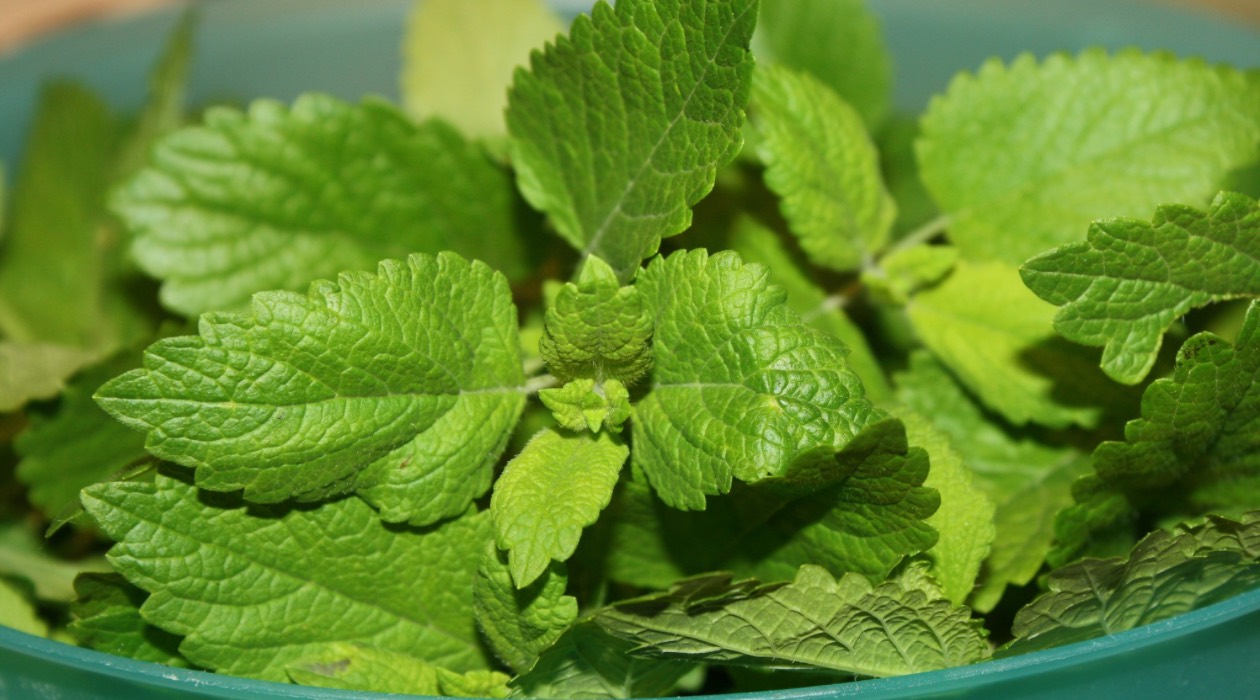
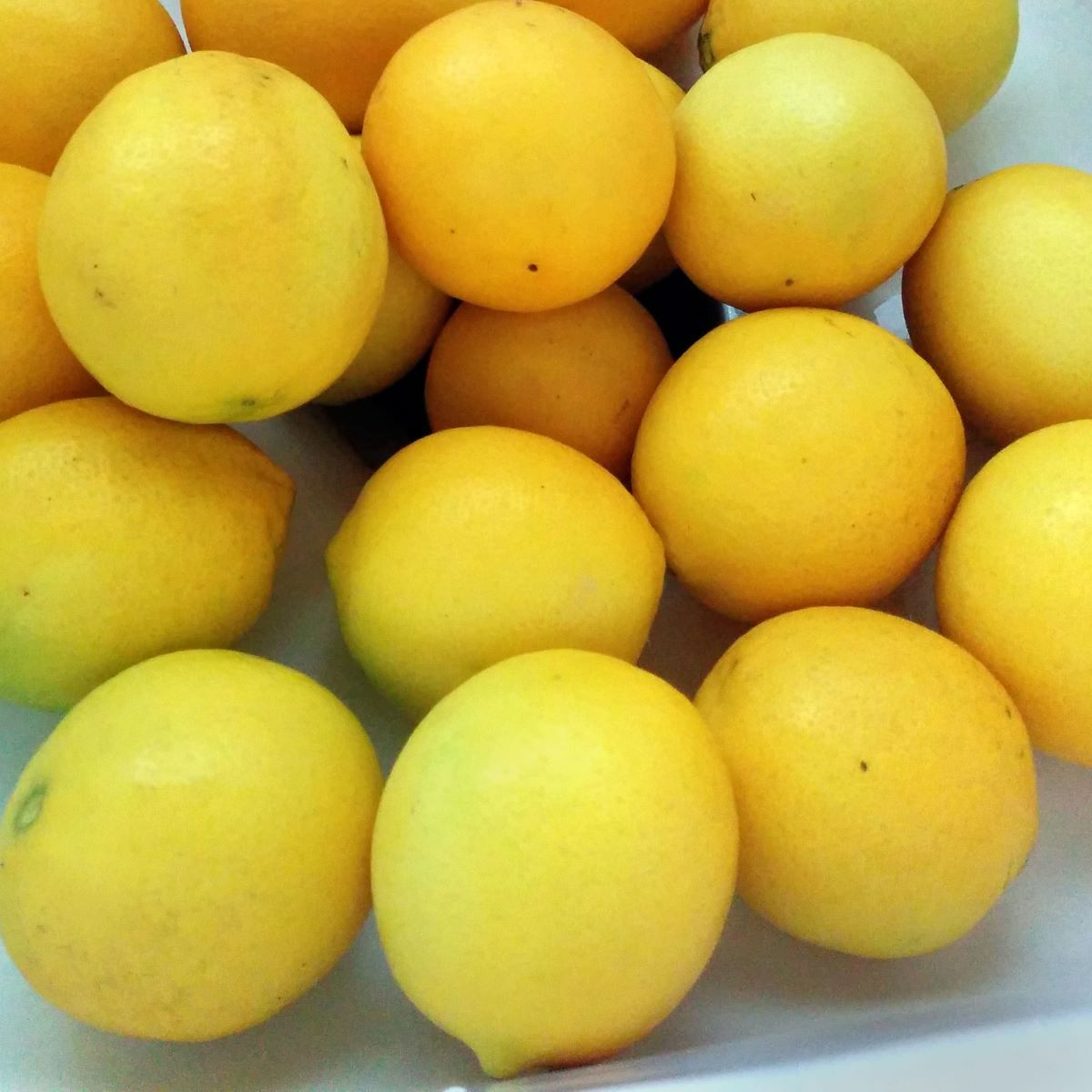
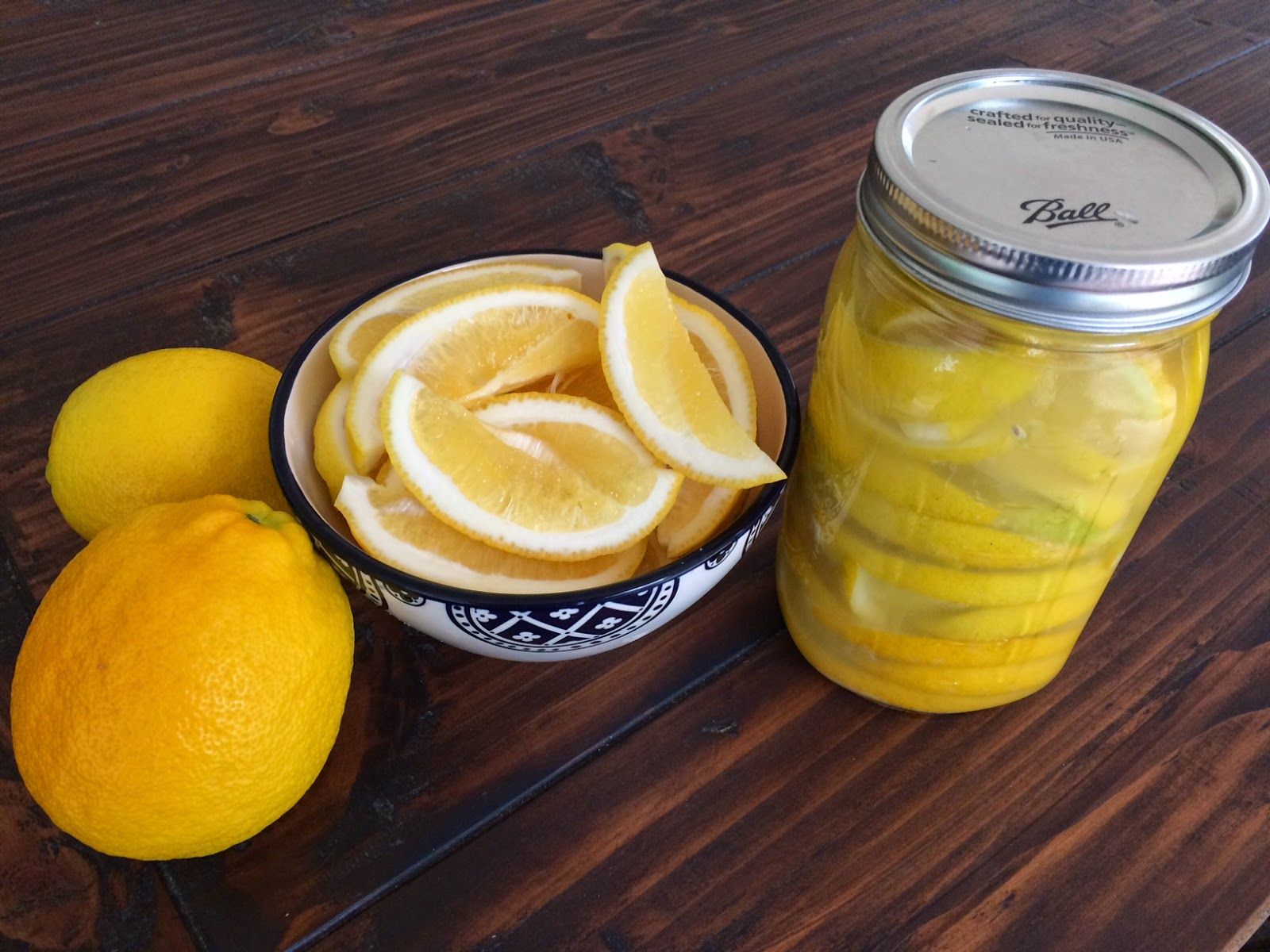
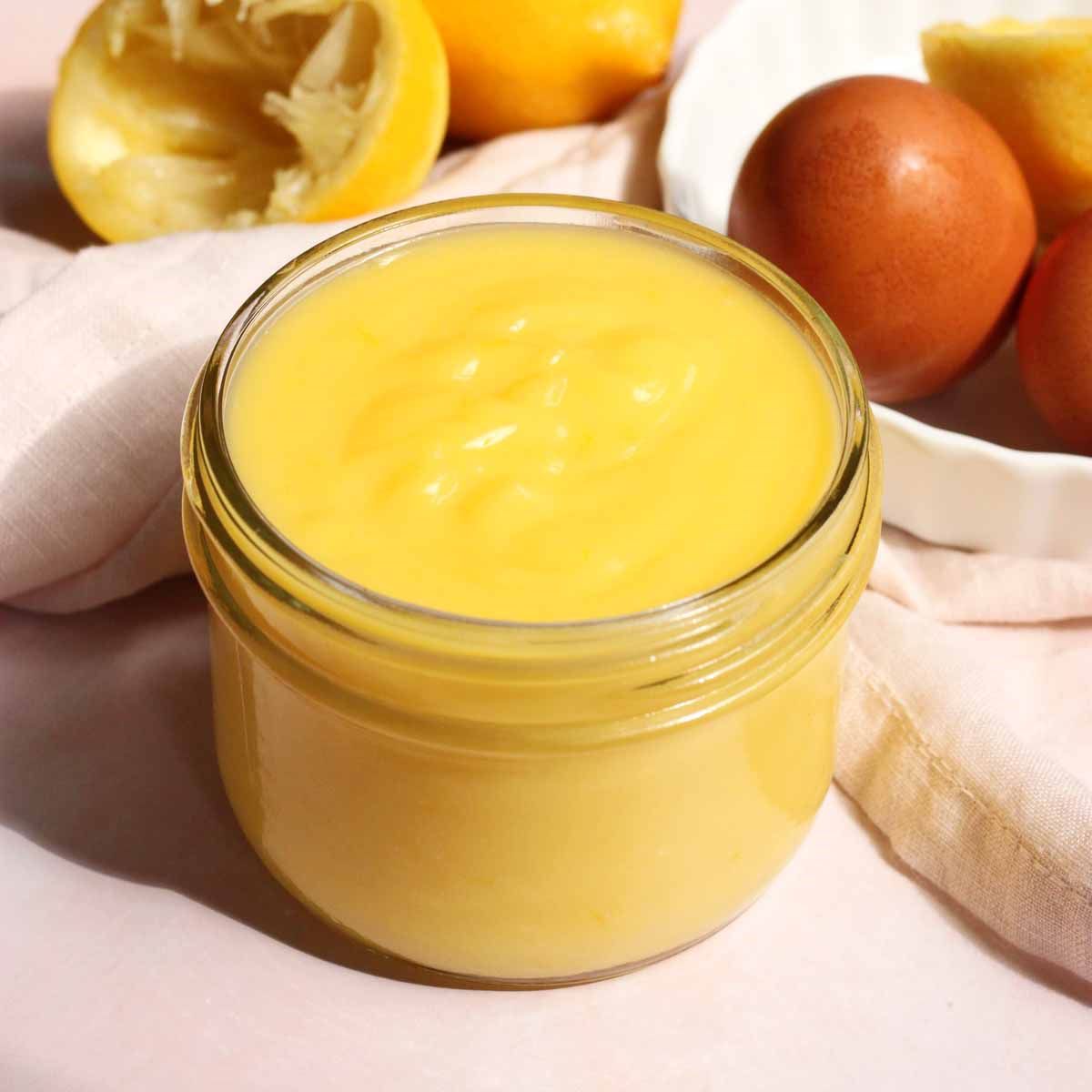

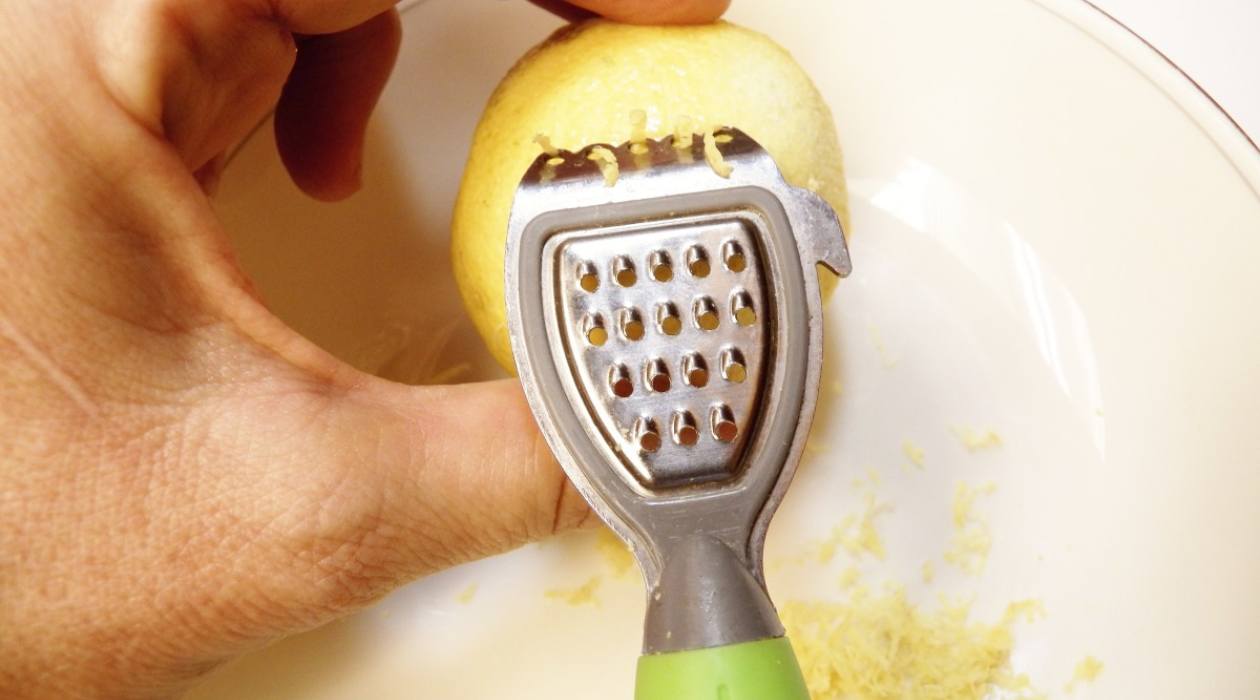
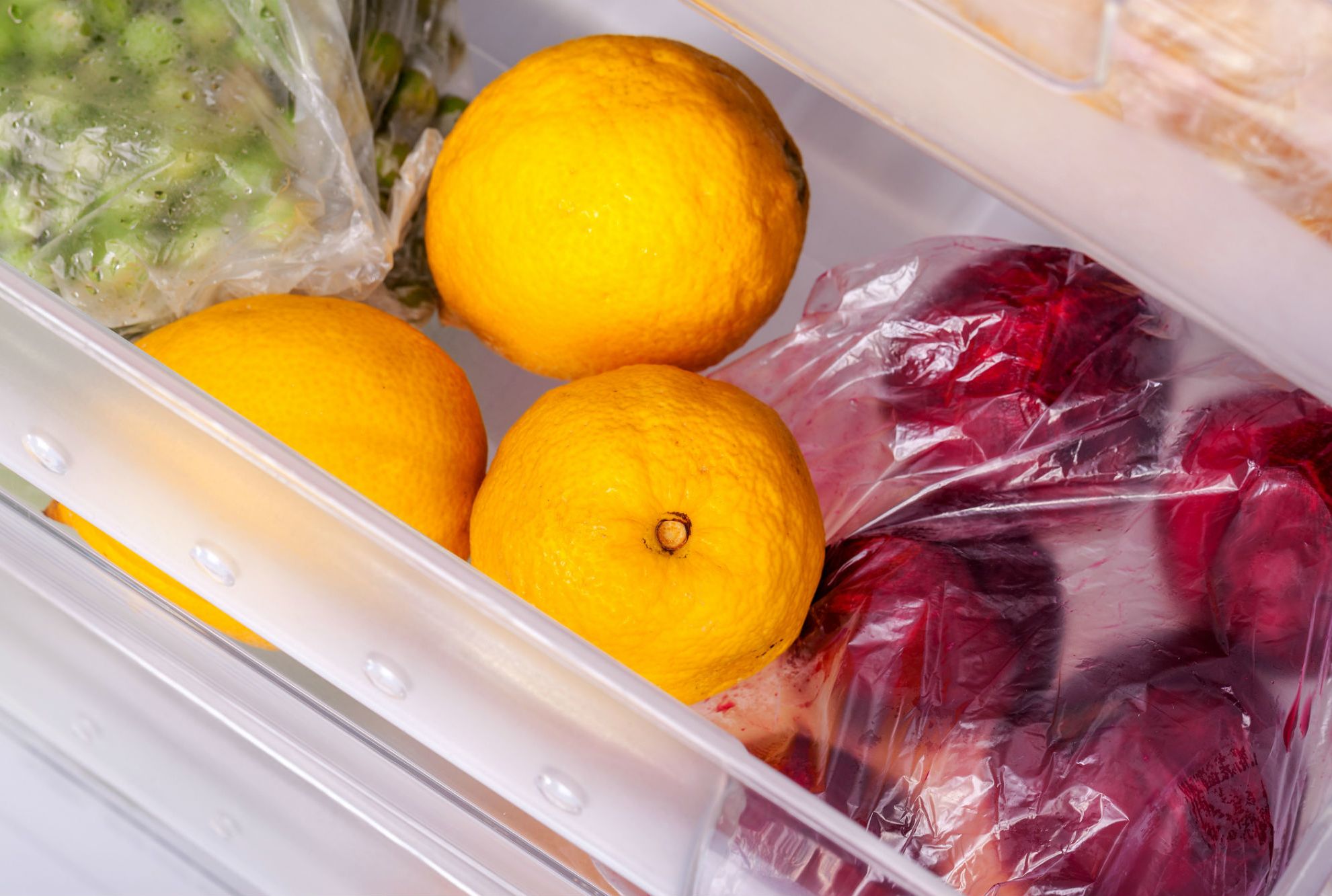
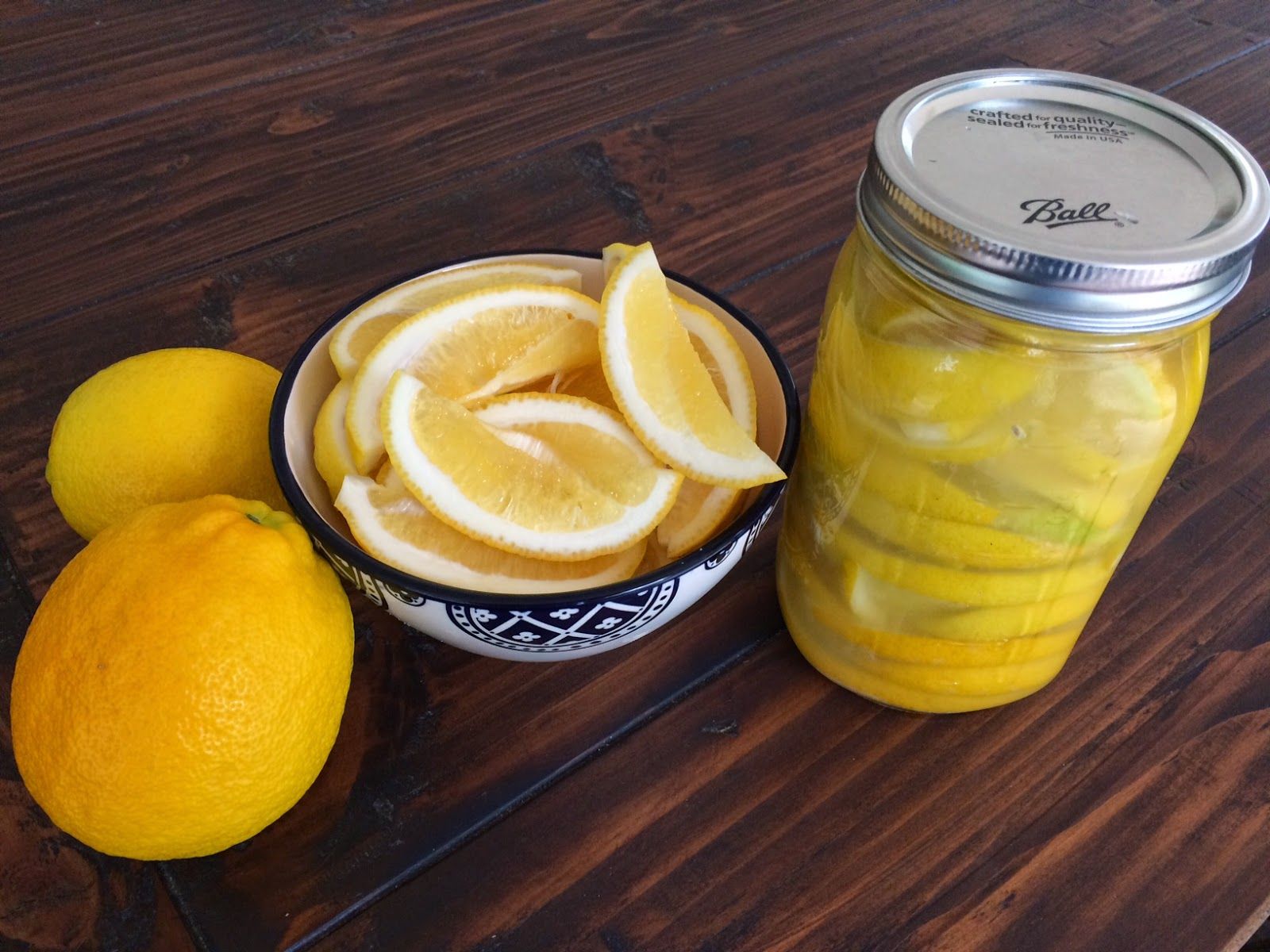


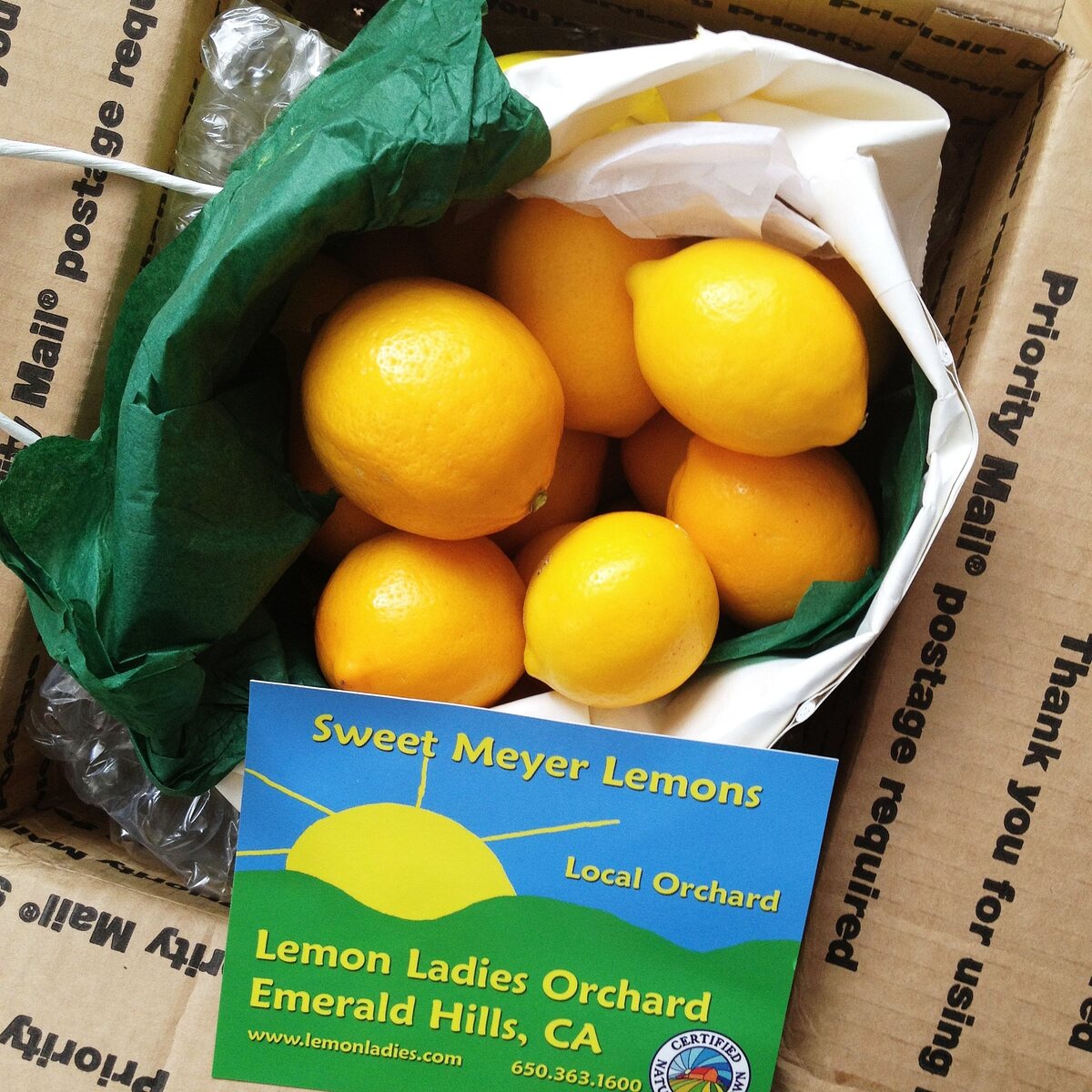

0 thoughts on “How To Store A Lemon”